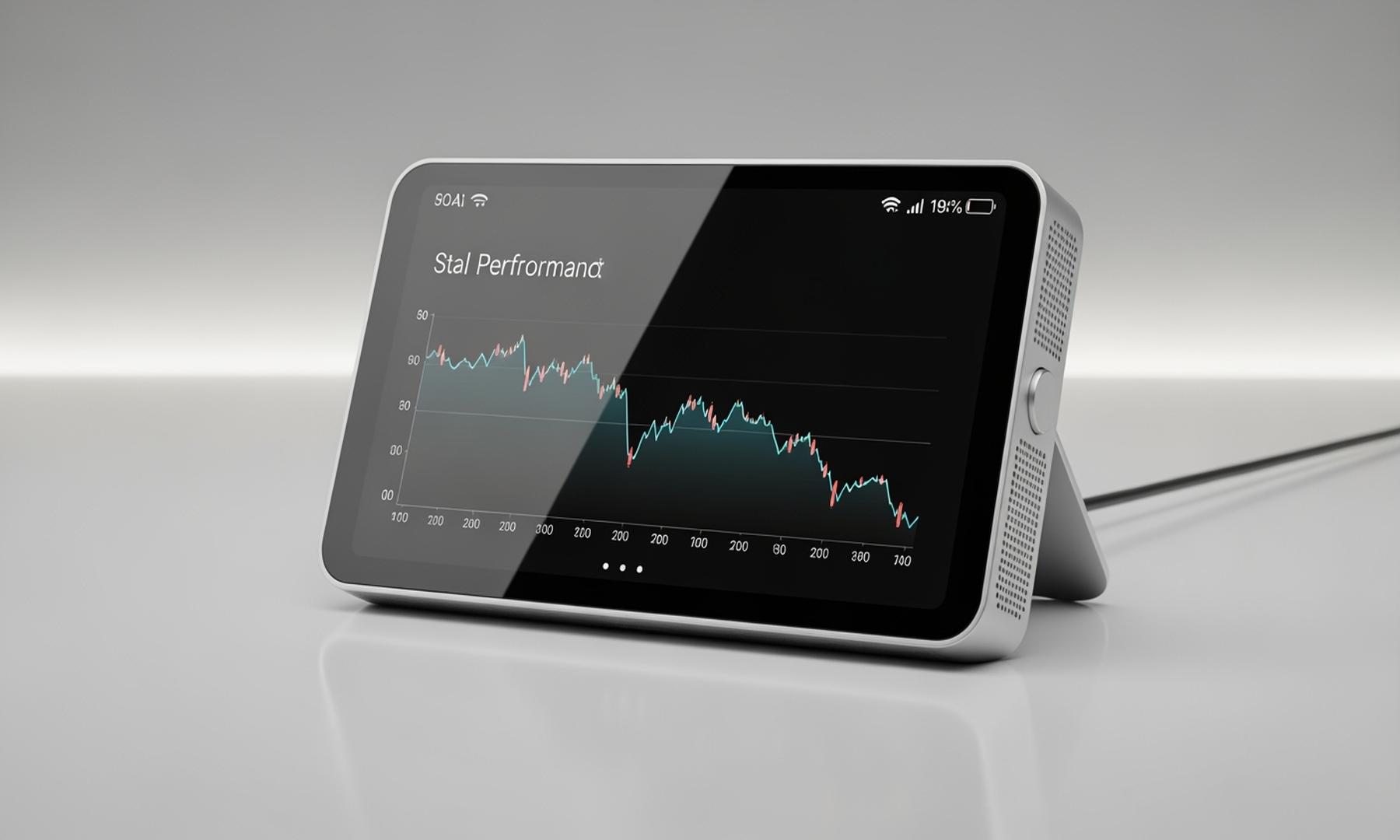What's Happening?
Reliance, Inc., a diversified metal solutions provider, has demonstrated superior financial performance compared to Santa Fe Gold, a mining company focused on precious metals. According to a recent analysis, Reliance outshines Santa Fe Gold in several
key financial metrics, including revenue, earnings, and institutional ownership. Reliance reported a gross revenue of $13.69 billion and a net income of $875.20 million, with a price-to-earnings ratio of 19.86. In contrast, Santa Fe Gold's financial figures were not available for comparison. Additionally, Reliance has a higher institutional ownership at 79.3%, indicating strong confidence from large investors, compared to Santa Fe Gold's 3.7% insider ownership. Analyst ratings also favor Reliance, with a consensus target price suggesting a potential upside of 20.47%.
Why It's Important?
The financial performance and market perception of Reliance highlight its strong position in the metals industry, which could have significant implications for investors and stakeholders. The company's robust earnings and institutional backing suggest a stable and potentially lucrative investment opportunity, especially in the context of its diversified product offerings and services across various industries, including aerospace, energy, and electronics. On the other hand, Santa Fe Gold's lack of available financial data and lower market confidence may pose challenges for its growth and investor appeal. This comparison underscores the importance of financial health and market perception in determining a company's competitive edge and attractiveness to investors.
What's Next?
Reliance's favorable financial metrics and analyst ratings suggest continued growth and potential market expansion. Investors may look to capitalize on the company's strong performance and projected upside. Meanwhile, Santa Fe Gold may need to address its financial transparency and market strategy to enhance investor confidence and competitiveness. Future developments in the metals market, including demand shifts and regulatory changes, could further influence the trajectories of both companies.















